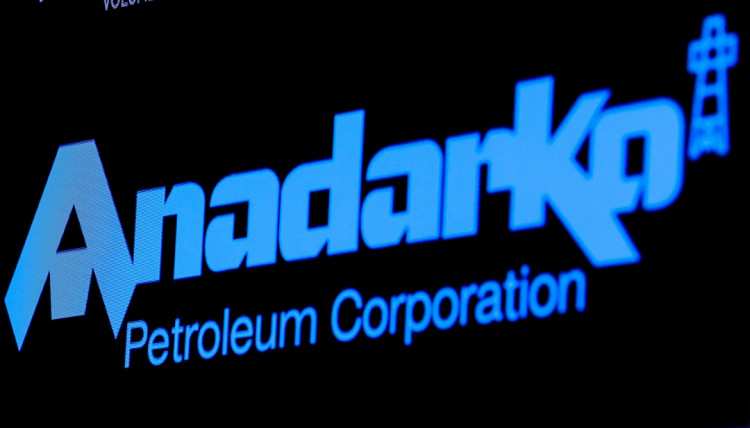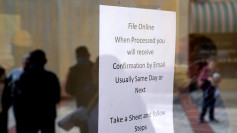After having won the battle in the bid to acquire Anadarko Petroleum, Occidental Petroleum is now dealing with the massive amount of debt it has acquired from the deal. Occidental Petroleum had outmaneuvered its bid rival Chevron Corp, but at the same time quadrupled its debt that now stands at around $40 billion.
Occidental Petroleum had acquired some of the richest share oilfields in North America through its acquisition estimated to have cost around $57 billion. The company's investors have called on the company to cut spending and release higher dividends, which has now forced the firm to consider selling off some of Anadarko's assets.
Analysts have stated that the success of the acquisition will heavily lie on how quickly Occidental will be able to sell some of Anadarko's assets and how it integrates other assets into its operations. Shedding debt will, of course, be one of the main goals and will be vital to the company's bottom lines. There are however some concerns given that asset acquisition and deals have somewhat been sluggish given the increased capital discipline brought about by the geopolitical climate.
Market experts predict that the first Anadarko assets likely to be sold would be its offshore assets in the Gulf of Mexico and its pipelines. Occidental's CEO Vicki Hollub has already struck a deal with France's Total SA, which has agreed to buy Anadarko's overseas oil and gas production assets. This includes the planned multi-billion dollar purchase of Anadarko's liquefied natural gas assets in Mozambique.
Major oil firms have reportedly expressed interest in purchasing Anadarko's Gulf of Mexico assets. Anadarko currently has around 2.7 million acres of long-held properties, which includes rich share and conventional production deposits. Combined with its assets, estimated to be around 240,000 acres, Occidental now owns the most productive areas in the Permian Basin.
Its assets in the Gulf Of Mexico is estimated to worth at least $6 billion and Hollub had previously called it an amazing source of free cash flow. Some of the potential buyers for its Gulf of Mexico assets include large oil firms such as Exxon Mobil, Royal Dutch Shell, Total, and Chevron. While the area may yield some profits if the company chooses not to sell, Occidental has never really tried operating in the Gulf before. Some investors may be concerned about that fact, which is why it could likely be sold off.
In a recent meeting with shareholders, Hollub revealed that the company expects to save at least $3.5 billion per year from capital spending cuts and operational savings. The operational cost will apparently be decreased with the application of the company's expertise in Anadarko's oil field operations in Texas and Colorado.






